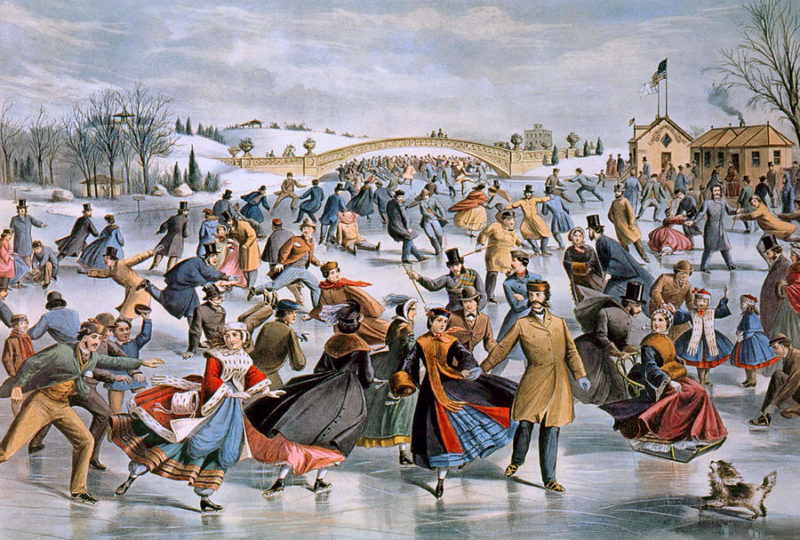
Sometimes an era is captured by something other than news reports. Today, of course, we have the internet with Pinterest, Instagram, Flickr, Shutterfly and we keep images on our cellphones.
Before those sites, and even the internet, people had to buy their art from artists, who were either affordable and unknown or known and pricey. But what about a farmer or wage earner who wanted something, well, just “nice?”
America in the latter part of the 1800s saw inventions and mass production of more and more things. Take the white bath tub, invented by our good friend David Buick. Well, technical innovation went beyond the bathroom and the automobile–it even extended to the world of… art. Currier and Ives became the most popular producer of art for the masses, the forerunner, you could say of 20th century artists like Andy Warhol and Thomas Kinkade.
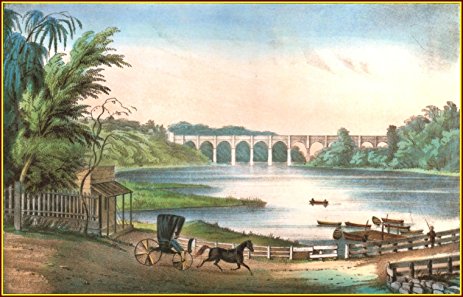
What interests me is the images of how people lived then–fashions, occupations, cityscapes, things like that. Were they idealized? Perhaps to some extent, but these images still show how people lived, or at worst what they aspired to (as opposed to tattoos, social media accounts and selfies.) Certainly what they wore.
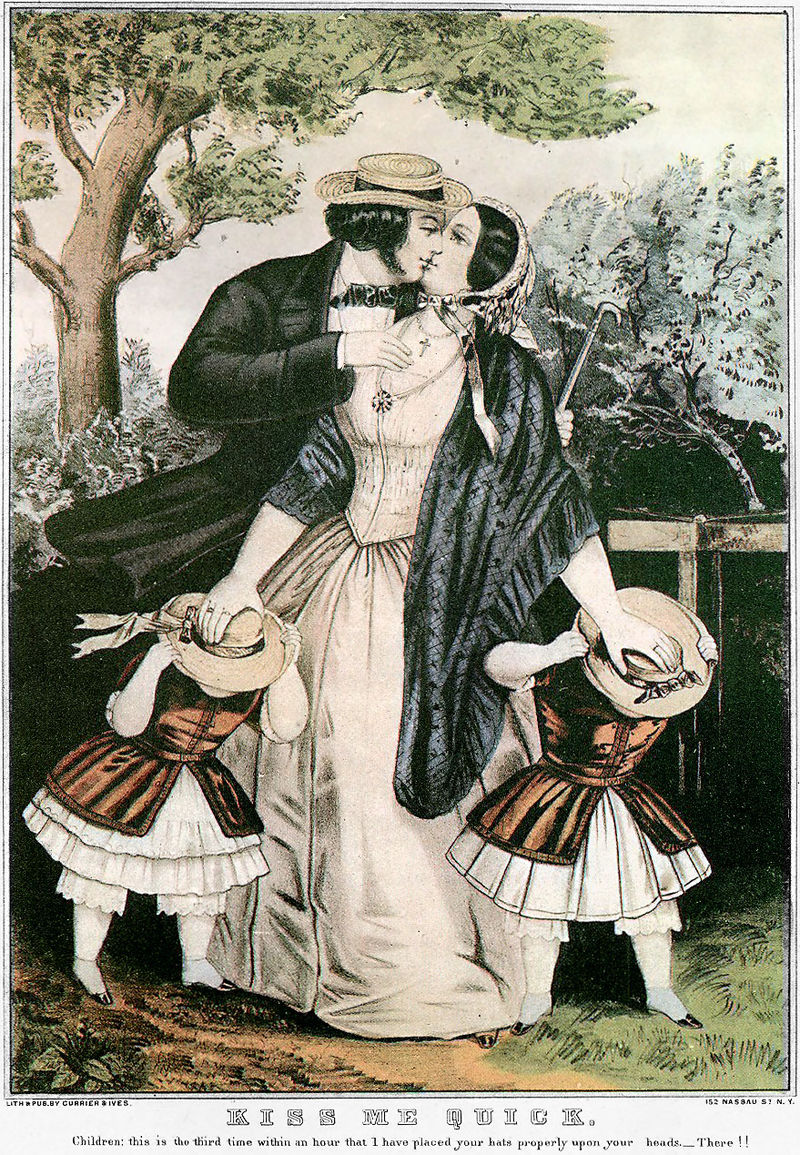
Here, for your viewing pleasure, are but a few of the images today’s internet holds of what decorated thousands of houses back in the day.
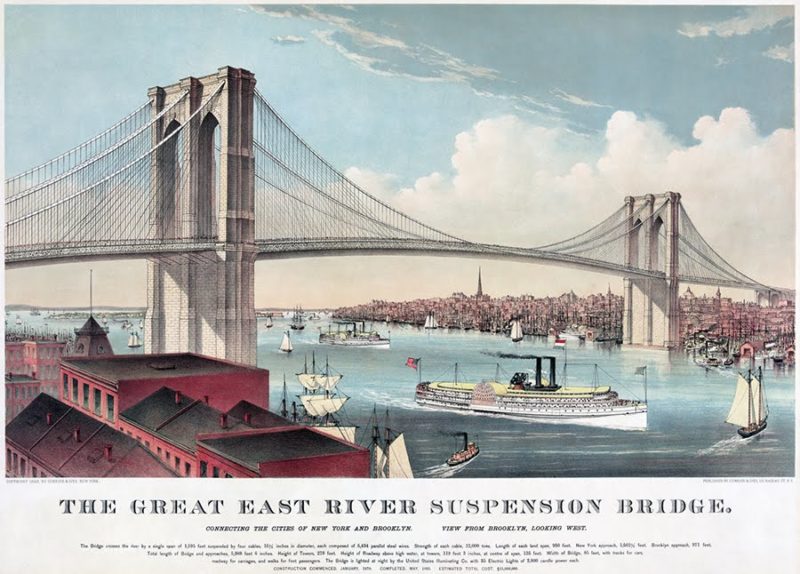
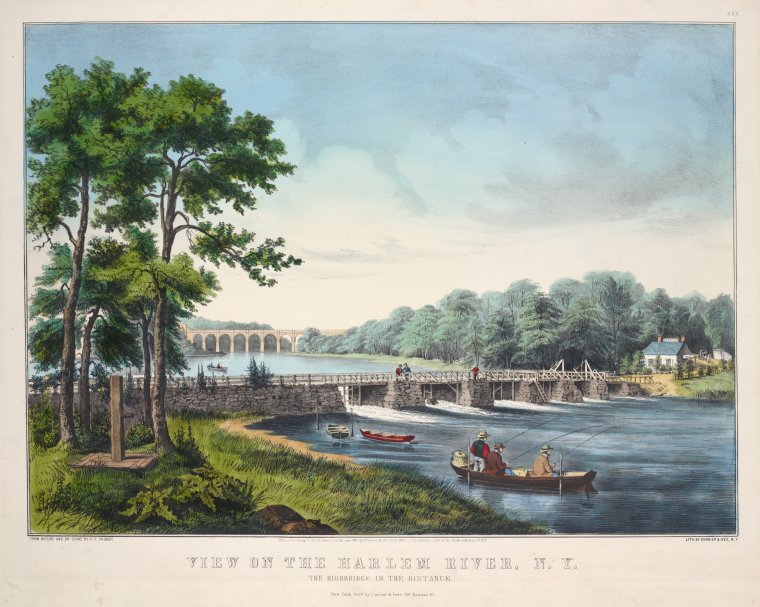
In winter, people spend more time indoors, especially the parts of America which were the most populated at the time. Not surprisingly, Currier and Ives gave the folks who were housebound a, shall we say, romantic view of what they were missing.
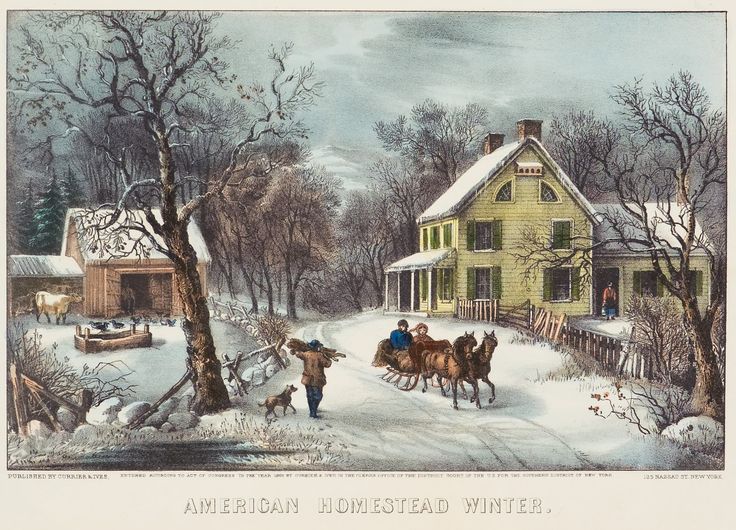
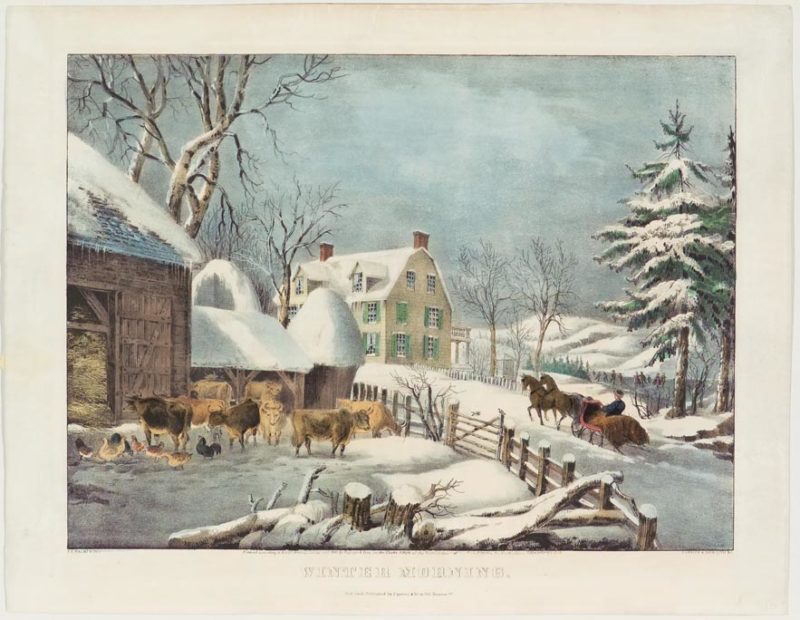
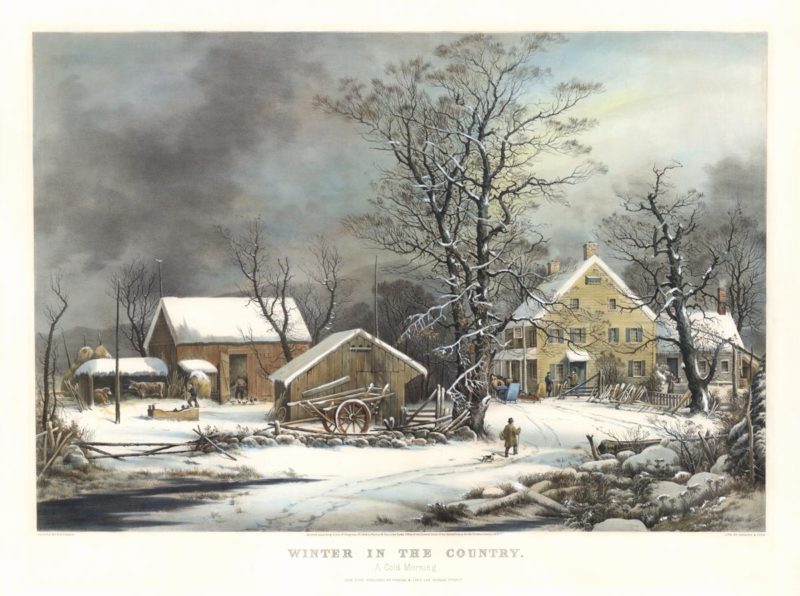
These images represent the age when people got around on foot, on horseback or, thanks to Billy, on horse-drawn carts and buggies. The coming of the automobile changed all that.
You decide if that change was for the better… 🙂